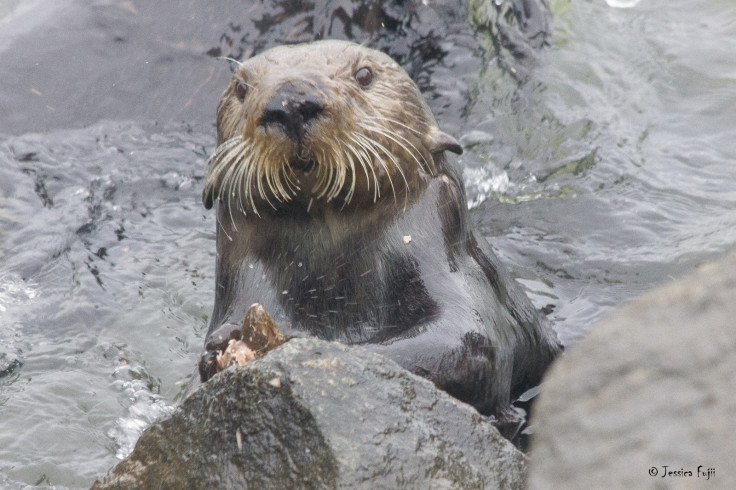Sea otters have been using tools to get food for millions of years
Tool use appears to be a predisposed skill sea otters have gained over time.

Sea otters may have been using tools to get at food for millions of years. This is way longer than bottlenose dolphins – their marine mammal tool-using counterparts, which have only mastered the ability in the last few centuries.
The use of tools is important when it comes to evolution and ecology. Understanding how and when it emerges helps scientists better understand why it emerges, giving an insight into our own development as a species.
In marine mammals, tool use is relatively unknown. The two best examples we have are sea otters and Indo-Pacific bottlenose dolphins. Both bring their tools to the surface and use them to get at food.
In a study published in the Royal Society journal Biology Letters, researchers from the US have compared the two behaviours to work out where it came from. "There are several intriguing parallels between the ecology of tool-use in California sea otters and dolphins," they wrote.
"First, not all individuals in a population use tools. Second, tool-use is related to consumption of prey, which are difficult to access. Sea otters use rocks or other hard objects to break open well armoured prey such as marine snails. Dolphins use conical sponges as tools to protect their sensitive snouts while probing among rocks for small, burrowing fish that live at the bottom of deep ocean trenches."
They said tool use seems to be a response to limited resources. However, in otters it is seen in every type – from crabs, urchins and marine snails. But with dolphins, it is only seen in individuals feeding on these burrowing fish.

To understand the differences, the researchers carried out genetic analysis of the two species. They found that in dolphins, tool use related to a single mitochondrial haplotype and they were more related to each other than they to the rest of the bottlenose dolphin population. This means tool use is more likely to be a learned behaviour, rather than being instinctive.
In otters, however, they found the opposite. There was no association in how related otters were or with the mitochondrial haplotypes. This indicates sea otters are naturally predisposed to use tools when placed in certain environments.
"The lack of genetic association among tool-using sea otters compared with dolphins may result from the length of time each species has been using tools," the researchers conclude. "Tool-use in dolphins appears to be a relatively recent innovation (less than 200 years) but sea otters have probably been using tools for many thousands or even millions of years."
© Copyright IBTimes 2025. All rights reserved.






















